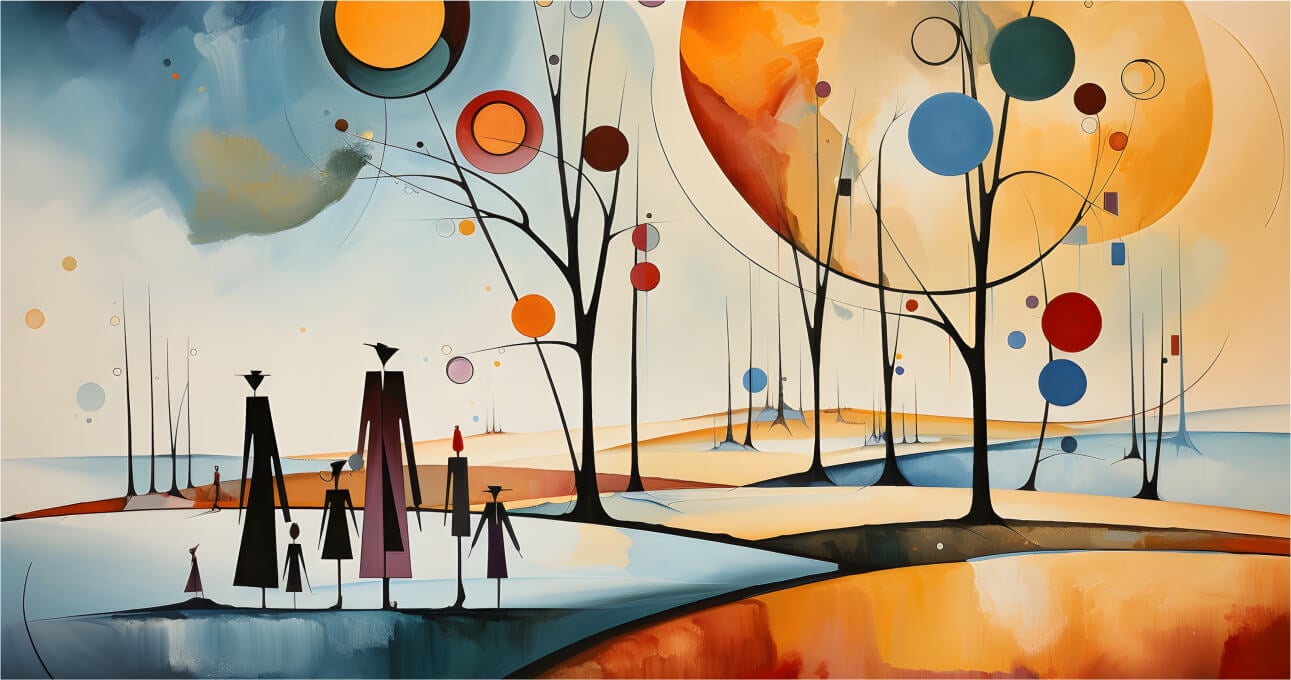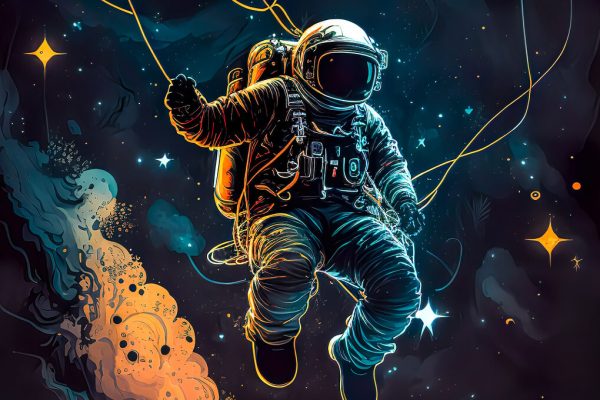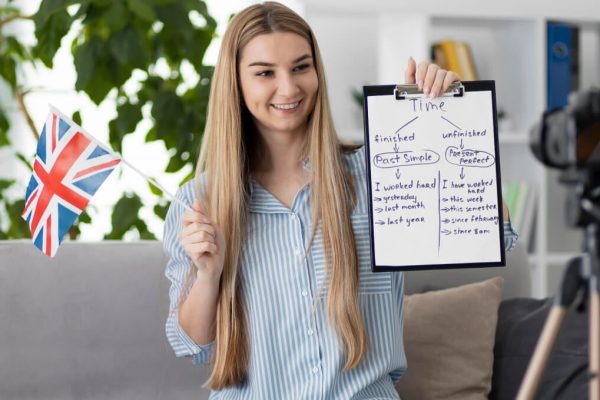The world of art has always evolved with technology—from cave paintings to canvas, from film photography to digital illustration. But now, we’re entering an entirely new era: the era of AI-driven creativity. At the intersection of imagination and machine intelligence, digital art is being transformed in ways previously thought impossible.
Artificial Intelligence isn’t replacing artists—it’s reshaping how art is created, shared, and experienced.
The Evolution of Digital Art
Digital art began as a technical novelty but has grown into a dominant form of creative expression. Tools like Photoshop, Procreate, and Blender revolutionized what was possible with a stylus and screen. But now, AI tools like DALL·E, Runway, Midjourney, and DeepArt are pushing those boundaries even further.
AI can now:
- Generate original visuals from text prompts
- Animate still images
- Restore or colorize old artworks
- Collaborate with artists to create new styles
- Curate, remix, and even evolve existing pieces
What once took days or weeks to craft can now be drafted in minutes. This isn’t about shortcuts—it’s about expanding creative possibilities.
How AI Is Reshaping the Digital Arts Landscape
1. Democratizing Creativity
You no longer need formal training or expensive tools to create high-quality digital art. With platforms like Craiyon, Artbreeder, and Fotor AI, anyone with an idea and internet access can experiment with creative expression. This accessibility is giving rise to a new generation of artists.
2. Blending Human and Machine Imagination
Artists are using AI as a collaborator, not a competitor. AI can generate initial concepts or explore creative directions that a human might not think of, serving as a kind of co-artist that enhances inspiration rather than replacing it.
3. Redefining Ownership and Authorship
The rise of AI-generated content raises complex questions about who owns the art—the creator, the programmer, or the model? While laws and ethical frameworks are still catching up, this new paradigm is forcing the creative world to rethink what authorship means.
4. Expanding Artistic Mediums
AI is breaking the boundaries of static media. Artists are creating interactive, generative, and evolving artworks—pieces that change in real-time based on user input or environmental data. The canvas has expanded into dimensions we’re only beginning to understand.
Real-World Applications of AI in Art
- Marketing & Branding: Businesses use AI to create tailored visual campaigns.
- Gaming & Entertainment: AI generates landscapes, characters, and storyboards.
- Fashion & Design: Designers use AI to visualize fabrics, patterns, and styles.
- Museums & Galleries: Institutions are curating AI-based exhibitions and using virtual reality to offer immersive art experiences.
The Controversies & Challenges
While AI in digital art is exciting, it’s not without its challenges:
- Plagiarism concerns: AI models often train on existing artworks—sometimes without artist consent.
- Job displacement fears: Traditional artists worry about being replaced by machines.
- Creative authenticity: Critics ask, “Can a machine truly be creative, or is it just mimicking?”
These are valid concerns. But they also highlight the need for responsible AI development and ethical use, where human creativity remains central, and machines act as tools—not replacements.
The Future of Art Is a Hybrid One
Rather than viewing AI as a threat, the most forward-thinking artists are embracing it as the next evolution in creative tools. Just as photography didn’t destroy painting, AI won’t destroy artistry—it will change the way it’s practiced.
Imagine an art studio where:
- AI helps visualize a concept in seconds
- VR allows users to step into digital paintings
- Blockchain secures provenance and authenticity
- The artist’s role expands to include “AI art direction”
The future of digital art is collaborative, inclusive, and unlike anything we’ve seen before.
Final Thoughts
AI is not the death of creativity—it’s its reinvention. As artists, designers, and visionaries explore this new frontier, one thing is clear: digital art is no longer bound by the limitations of the past.
By embracing AI responsibly, we open the door to a more imaginative, accessible, and revolutionary future of art.




